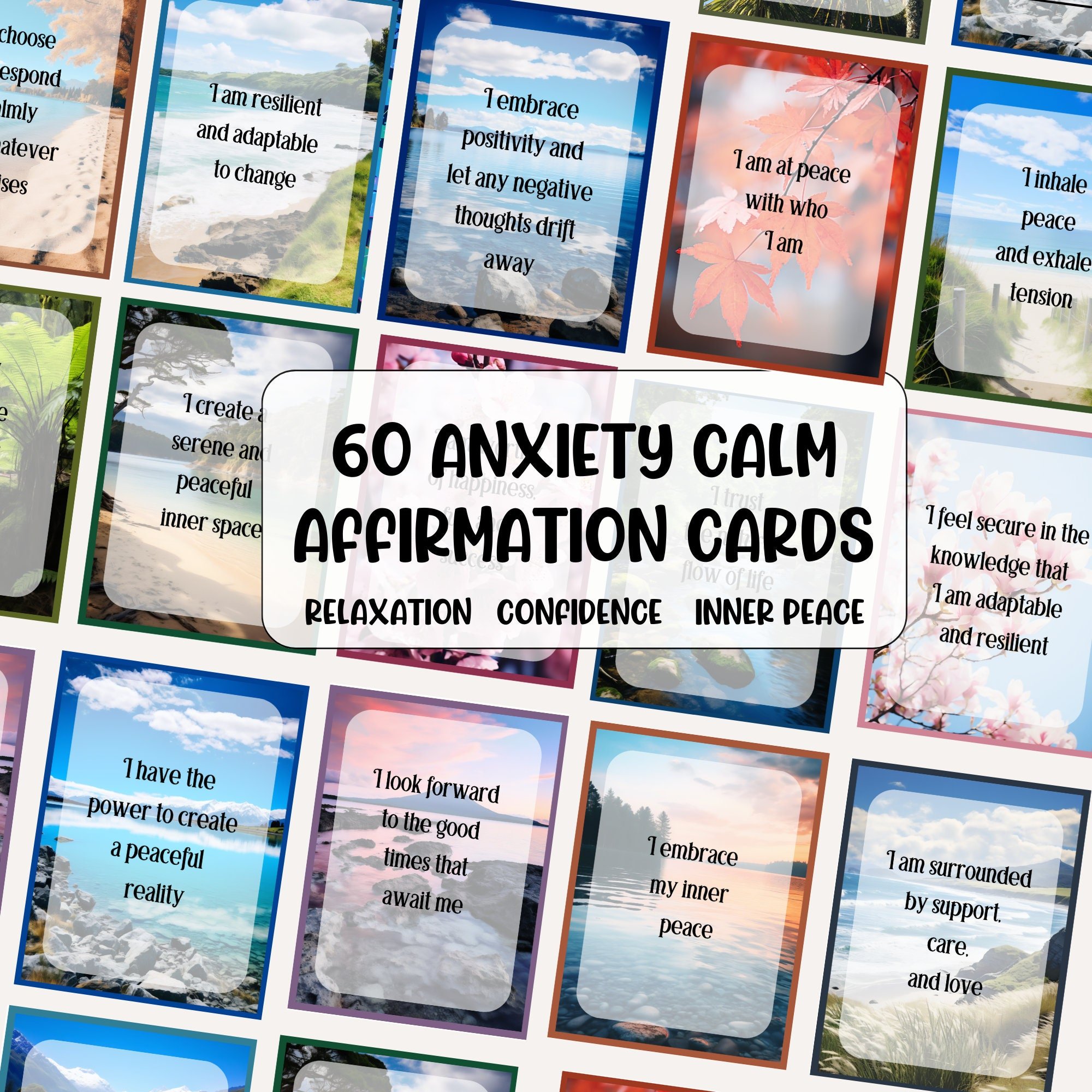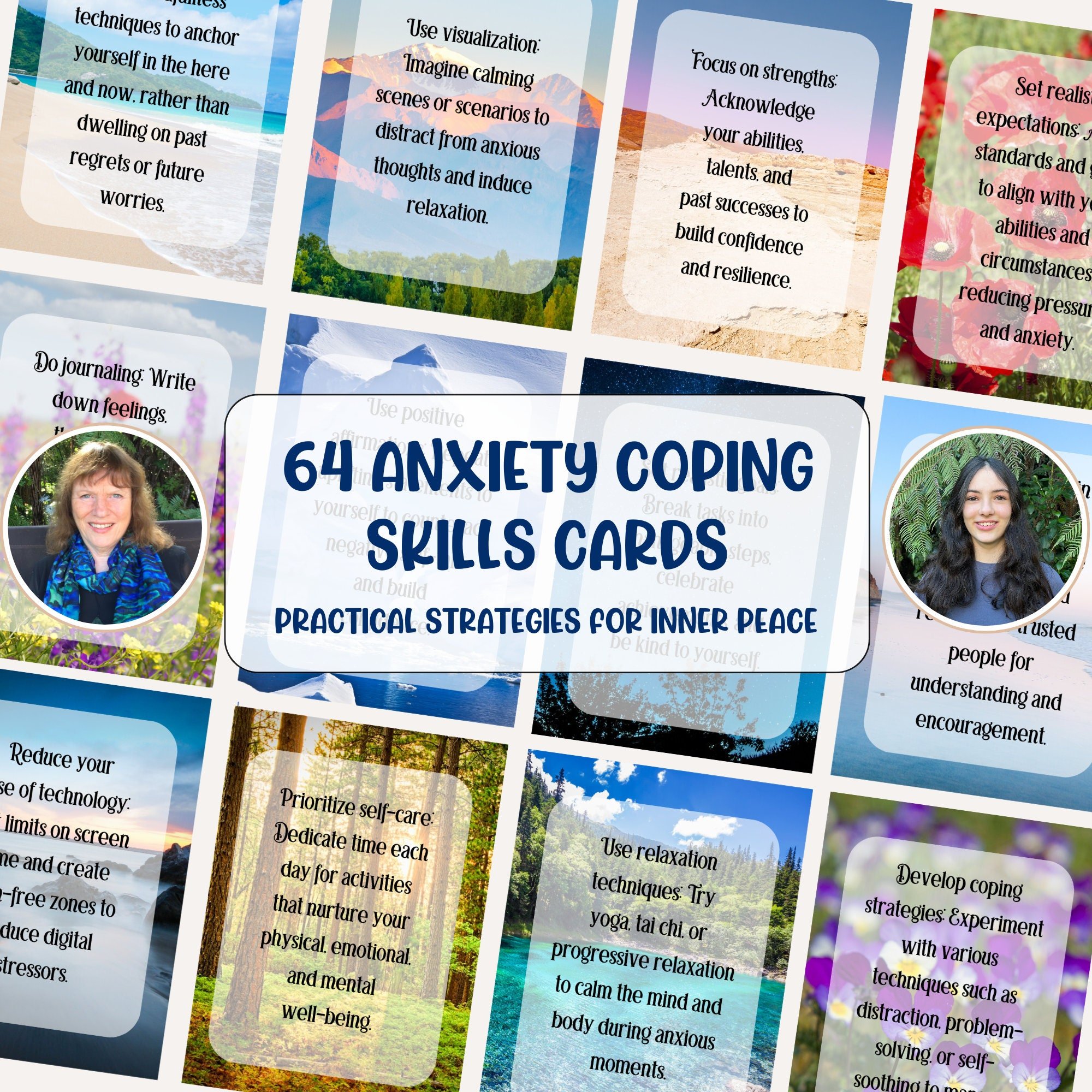Letting Go of Shame: The Hidden Emotion Behind Perfectionism and Self-Blame
Shame is one of the most painful emotions we can feel — yet it’s often the least understood. It hides beneath perfectionism, people-pleasing, overworking, and self-criticism.
While guilt says “I did something wrong,” shame whispers “I am wrong.”
It’s that deep inner belief that who you are — at your core — is somehow not good enough, not lovable enough, or not worthy enough.
But shame isn’t the truth of who you are. It’s a survival response, a protective layer built from old wounds that were never your fault.
The Roots of Shame
Shame often begins early in life — when a child feels unseen, criticized, or emotionally unsafe.
Perhaps you learned that love had to be earned through achievement or good behavior.
Maybe mistakes were met with anger or rejection instead of guidance.
Over time, your nervous system internalized these messages: “If I’m perfect, I’ll be safe. If I hide my feelings, I won’t be hurt.”
This is where perfectionism and self-blame take root. They become strategies to avoid further shame — but they also block connection and self-compassion.
If you recognize yourself here, take a deep breath.
This isn’t about blame; it’s about awareness. Awareness is the first step toward healing.
The Effects of Shame on Self-Worth
Shame can weave itself into every corner of your life.
It can make you shrink in relationships, silence your needs, or push yourself past exhaustion trying to prove your worth.
It tells you that rest must be earned, that vulnerability is weakness, and that others will reject the “real you.”
But beneath shame lies a longing — to be accepted as you are, without masks or defenses.
My Trauma Recovery Affirmation Cards are designed to meet this part of you with compassion.
Each affirmation gently challenges shame-based beliefs and replaces them with words of truth, like:
“I am worthy of love even when I’m imperfect.”
“My value is not defined by what I do.”
“I am safe to show up as my whole self.”
Even a few minutes a day with these affirmations can begin to soften the harsh inner voice that shame creates.
Compassion Practices for Releasing Shame
Healing from shame isn’t about forcing yourself to “get over it.”
It’s about creating enough safety inside to face what once felt unbearable.
Here are three compassionate practices you can begin today:
Name it without judgment.
When you notice that familiar wave of self-blame, say to yourself: “This is shame. I don’t need to believe everything it says.”
Simply naming it starts to dissolve its power.Bring warmth to your younger self.
Shame often belongs to the child within you who was made to feel small or wrong.
Using pages from my Healing the Child Within Workbook, you can reconnect with that inner child — writing letters, exploring unmet needs, and offering the understanding that was once missing.Practice daily self-kindness.
Choose one small act of gentleness each day: taking a walk, resting when tired, or journaling with prompts from the Self-Esteem Writing Prompt Journal.
Over time, these micro-moments of kindness begin to rewire your nervous system toward safety and self-worth.
You Are Not Your Shame
Shame thrives in silence — but healing begins the moment you bring it into light.
You were never meant to carry the burden of being “not enough.”
As you meet yourself with compassion, your nervous system learns that it’s safe to rest, to feel, and to be human.
You don’t have to strive to be lovable. You already are.
Reflection Invitation
Take a few quiet minutes today and ask yourself:
“What would I do differently if I no longer believed I was not enough?”
Write freely. Let your truth flow. You might find that letting go of shame isn’t about becoming someone new — it’s about remembering who you’ve always been.








